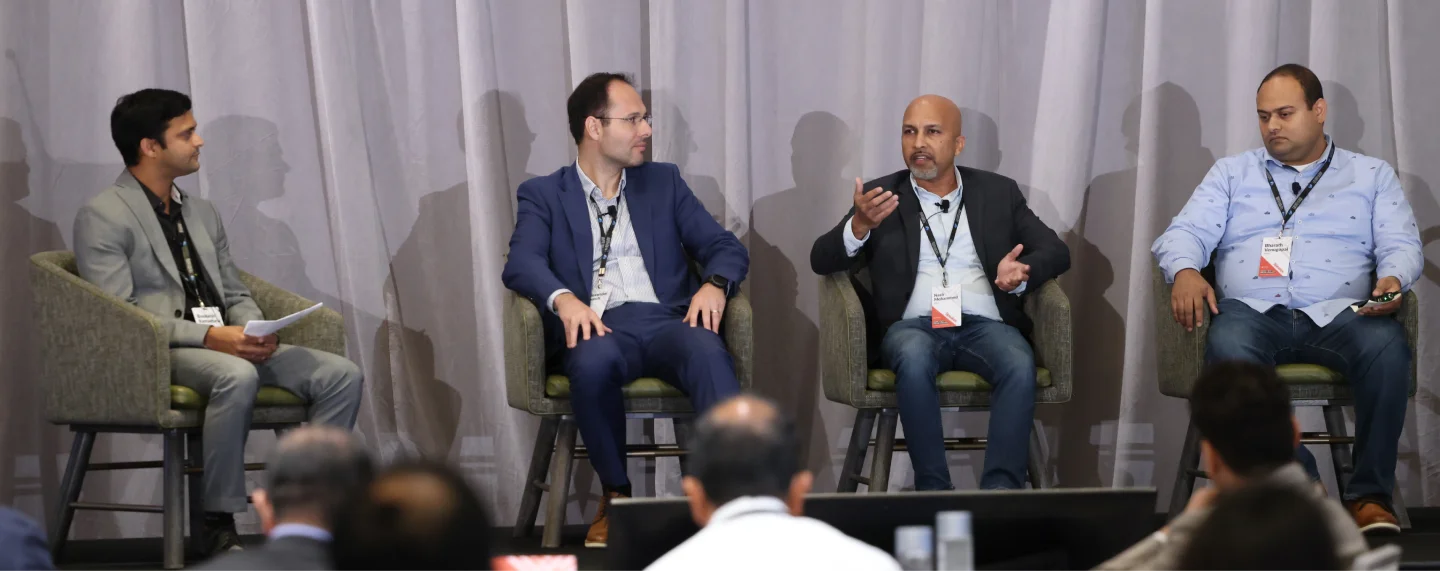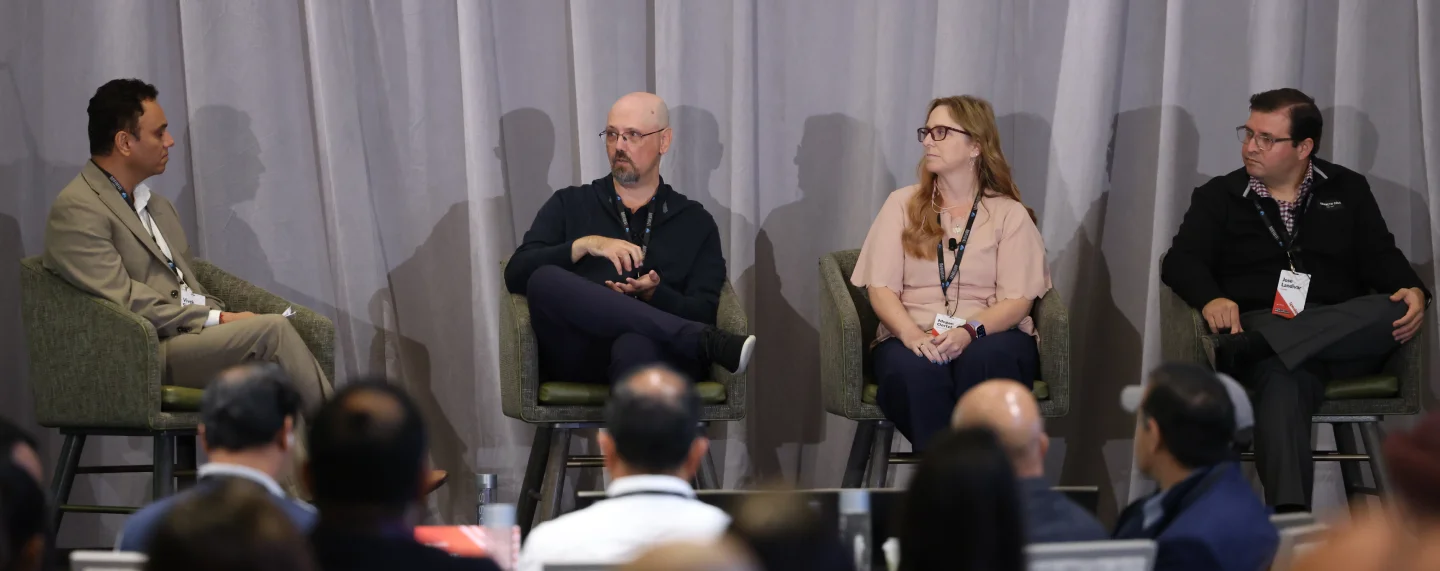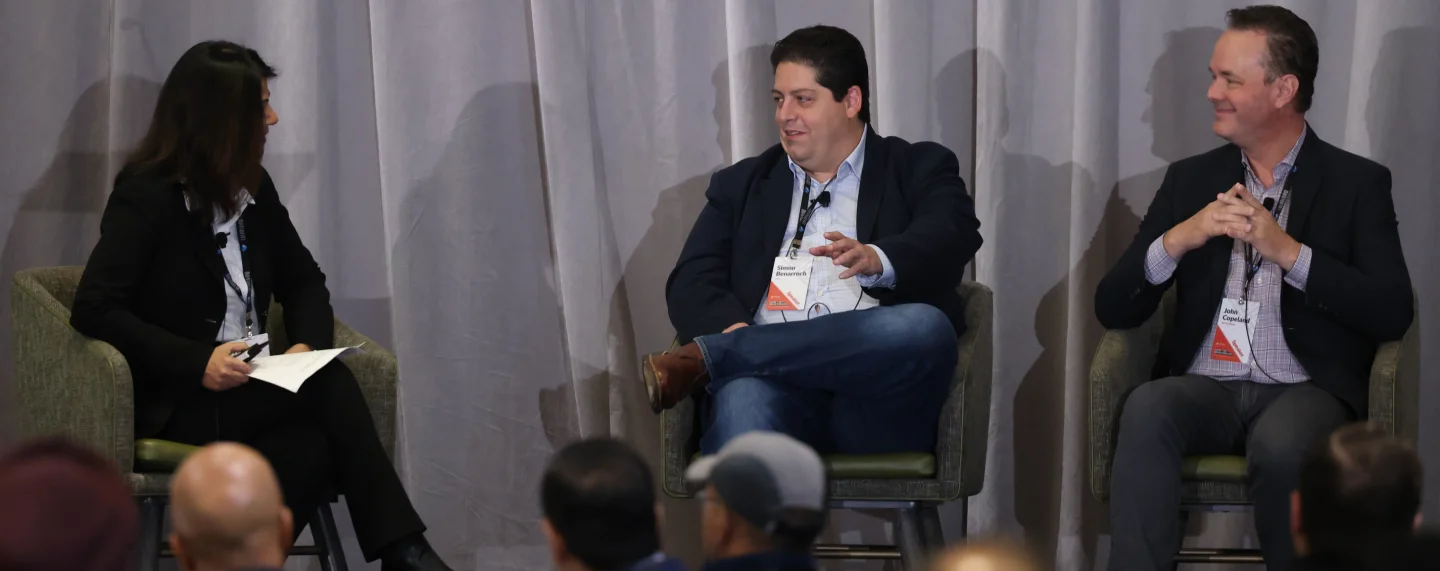
Indirect Taxes: The Expense You Never Budget For
A new financial year begins, and with the Union government’s Budget rules for FY25-26 of ample tax exemption, you would expect more money in your

To get to the point where AI projects are answering the question: Are we improving lives?, companies need a framework of core principles to work from. Here are 4 central things it’s important not to forget on your AI and analytics journey:
During this time when AI is moving at lightning speed, companies must find a balance and discern where to innovate and where to let things stay the same—especially when there’s an expectation to both transform and deliver results. It’s important to have a north star but be flexible and know that when you arrive at your destination, it may not look like what you thought it would because you will have learned and iterated along the way.

In tennis, “Game, Set, Match” indicates the final point of a match has been played. This ultimate victory rests upon winning a series of previous games and sets. However, even after shaking hands and walking off the court, both players must immediately think about facing the next competitor and must have a vision for adjusting their game strategies and tactics to stay on top or come back a new winner. In short, breakthrough.
With AI, enterprises must have a similar vision. Many executives are just catching up to the digitization wave, so it’s tempting to mark off any successful AI initiative as a “win” and move on. However, the path to long-term success requires preparing for what’s next. Winning in business depends on the ability to operationalize and scale AI projects across the enterprise. It requires the data and operational insights to know what to abandon and what to double down on.
Addressing this vision for breakthrough, Alex Church sees many opportunities for his team at Google Cloud to drive efficiencies internally using AI but wants to be responsible about how quickly they move into that space. What they generate with AI has to be reliable and they must be able to track the learnings back to the source. Breakthrough also depends on team culture. There needs to be space for both success and failure where teams have space to innovate, but are also guided toward business outcomes.
Driving business outcomes by operationalizing AI is something Bharath Venugopal is focused on at Adobe. He is intrigued by GenAI and its practical use cases like building recommendation engines for sales and marketing. One example is putting call log data through LLMs to see if there is a difference in the conversations between individual customers vs. SMBs. This is made possible by LLMs that are seeking keywords and phrases like “they” or “my team” vs. “I.” For the sales and marketing team, this tool helps identify Adobe Creative Cloud users who may benefit from changing their subscription from an individual to an SMB-specific plan.
For enterprises to create no or low-touch customer support experiences, companies need to make AI solutions as natural, accurate and intuitive as possible, according to Nasir Mohammed. This requires input from lots of different departments and leaders within an organization—not just customer support. One approach to this is to create cross-functional teams and forums to maximize collaboration and efficiency—especially when you must balance “running the business” with “changing the business.”
How do you know when to double down or abandon an AI project? It can be a challenge to discern, but Alex makes it clear and simple: when they see use cases aren’t working, get ready to replace them.

The most storied “called shot” in sports history came in the 1932 World Series between the New York Yankees and Chicago Cubs. Babe Ruth famously made a pointing gesture to the stands that many say was the Sultan of Swat promising a home run (that he then delivered in spades). Was it destiny? Nobody will ever really know. As companies work to shape their business destiny, calling shots can be a challenge. After all, is it truly possible to predict the future?
Perhaps nobody has the ability to make accurate predictions 100% of the time. However, the promise of AI is enabling companies to improve their batting average when it comes to forecasting things like consumer demand, which has implications for inventory management, procurement and supply chain management, marketing and merchandising and more. The AI behind all of this is only as good as the data that fuels it. How can companies truly capitalize on this?
Democratizing data across the enterprise is an important component of this. Megan Oertel says that Sysco is shifting from a data-centralization model to a data-democratization model. Their goal is to imitate the customer experience—where all relevant data is available on demand—and replicate it internally. For many business leaders, this can seem scary. Breaking down data silos and providing more access opens up concerns about data control, risk and governance.
These concerns aren’t unwarranted. According to Jose Abelenda at Lyft, too much data democratization can create chaos and enable the development of too many internal resources where it becomes hard to find the truth. As a company further democratizes data, it’s important to implement and require a base level of data education for employees to help mitigate these challenges and avoid more serious data problems.
Even if you aren’t fully democratizing all data, it’s important to at least start lowering the barriers to access so that your teams can iterate faster. This is what Google is doing according to Jose Landivar. They are working to leverage AI to more efficiently summarize things being sent internally to aid in faster decision-making. They are also piloting the use of AI to predict events that will happen in the data center to prevent outages.
Calling your shots in a rapidly changing world can seem daunting, but a strategic use of AI, underpinned by quality data, can help enterprises of all sizes and in all industries shape and control their own destiny.

The modern CMO role is data-driven and steeped in analytics. Long gone are the days of marketing being considered the “arts and crafts” department. CMOs today have earned a seat at the strategic decision-making table and the role continues to evolve as new technology emerges to capture and organize customer data. There is no shortage of AI-powered ad-tech and martech solutions that promise to deliver more accurate insights faster than ever.
The big question for CMOs is whether AI will arm our teams with more credibility in the organization, or will create stumbling blocks where the newest and shiniest products and solutions take us down the wrong path. The goal of any AI investment or project should not be to end in the stalemate of a deuce. It should be to create a competitive advantage that lets your organization emerge with a win—whether for a single marketing campaign or as the dominant player in your market.
John Copeland believes that in many ways, everything new is old again. CMOs are being held responsible for revenue, not just leads, but also what happens after revenue. AI has a huge role to play here, but the question remains if it’s adding credibility yet to the CMO role. A lot of this depends on the vertical. When it comes to the marketing function in the payments and fintech space, AI is exciting, but it is not yet providing a tangible and scalable advantage. The real challenge now is how to use AI to connect marketing and CX. Simon Benarroch says that focusing on the needs of the customer can help unite areas of the business.
For years, we have heard about the power of AI for better personalization in marketing. CMOs are presented with all kinds of AI-powered personalization solutions to evaluate. Amidst all the noise, they still have to get their campaigns out the door and hit their targets for the quarter. AI and other lofty words are lovely, but concrete deeds count, right? It’s important to remember that the customer’s emotional or functional attachment to the brand is the same as it has always been. AI will not change and shouldn’t change the way the customer views the brand.
What AI does have the power to do is provide true 1:1 experiences and speak the language of target customers every time, and at scale, across all customer-facing touchpoints. The advent of GenAI raises a new crop of challenges, however. Once again, there are limitations to scale. Everything that GenAI creates requires a human to check before it goes out. To date, this must be done manually, which is not scalable. There are emerging tech-enabled solutions to help with this—but this raises questions about tech vetting tech.
As more AI-powered tech enters the marketer’s toolbox, more questions arise about how they don’t lose their fundamental skills and their baseline credibility. Continuous education can help, but it doesn’t necessarily need to be formal. Staffing projects in creative ways can challenge team members to flex muscles that have gone dormant. Having an upskilling plan is part of the responsibility of the CMO, however, everyone is ultimately responsible for owning their own learning agenda.

A new financial year begins, and with the Union government’s Budget rules for FY25-26 of ample tax exemption, you would expect more money in your

The Role of Data Analytics in Modern Financial Services Introduction Need for data analytics Functions Types Growth Strategy AI, Big Data & Blockchain Trends Challenges

Generative AI in Healthcare: How it’s Reshaping the Industry Generative AI in Healthcare Gen AI’s Impact Real-world Applications Key Challenges in Implementation Future Outlook About
Copyright © 2025 LatentView Analytics.